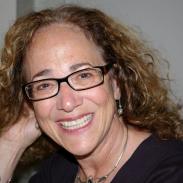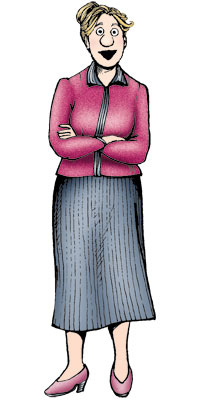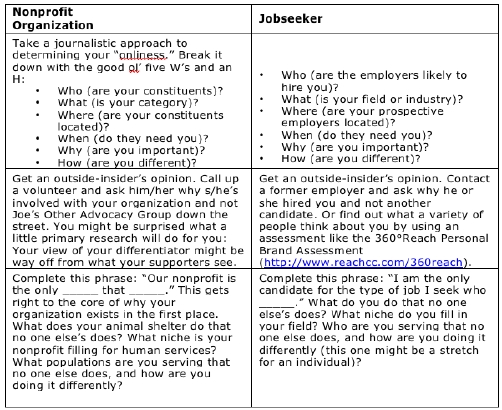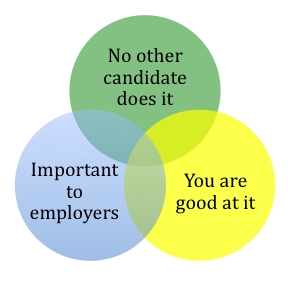
I’m delighted to initiate this series of interviews with some of the gurus of both performance and applied storytelling. First up is Molly Catron, whom I had the pleasure of hearing speak at the 2005 Golden Fleece Conference. Read more about her below.
Bio: Molly Catron left her day job in the corporate world in 2001 to become a storyteller. Like most storytellers, she felt a “calling” to tell stories aimed at uniting the heart, mind, body, and spirit. Her stories come from characters and personal experiences of childhood and as an adult. She has learned to observe life through the lens of a storyteller and can see value in the simplest encounter. 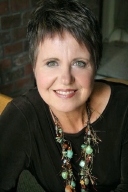 In her work as a change agent in the corporate world, Molly often uses stories to “hold up the mirror” for others to observe their behaviors and assess their values. She has a master of arts in storytelling from East Tennessee State University and is currently on the Board of Directors for the Tennessee Storytelling Association and a performing member of the Jonesborough Storytellers Guild. She lives on a farm in East Tennessee with her husband, Wayne, and is Nana to four grandchildren. See her current projects here: Current Work for Molly Catron.doc
In her work as a change agent in the corporate world, Molly often uses stories to “hold up the mirror” for others to observe their behaviors and assess their values. She has a master of arts in storytelling from East Tennessee State University and is currently on the Board of Directors for the Tennessee Storytelling Association and a performing member of the Jonesborough Storytellers Guild. She lives on a farm in East Tennessee with her husband, Wayne, and is Nana to four grandchildren. See her current projects here: Current Work for Molly Catron.doc
Q&A with Molly Catron
Q: How did you initially become involved with story/storytelling/narrative?
A: I came from a family of people who told stories. I didn’t realize it at the time, but when I was faced with teaching the principles associated with some of the organizational change efforts, I found myself telling stories. The stories put the facts in an emotional context working in the 18 inches between the heart and the head where true change occurs.
Q: What attracted you to the field?
A: I had worked for years in a manufacturing environment first as a chemist and later as an organizational change agent. I had always felt out of step with my peers (chemist and engineers). Because of a large donation to the International Storytelling Center, my company was asked to partner with the center to study the use of story in business. I was known for my stories so was the natural one to be selected to lead the effort for the company. When I became engaged in the storytelling community, I found my home. I belonged with them. In one of my stories I describe them as a group of people who laugh and cried with east, who applaud difference, thought deeply and used delicious language ….and they DO NOT wear golf shirts or use sports analogies.
Q: What do you love about it?
A: I always amazed at how a powerful, yet often simple, story can reach deep within the heart of a total stranger and bring them so very, very close. You see it in their eyes and feel a resonate energy. It is that magical moment of connection that delights me and feeds my spirit.
Q: The storytelling movement seems to be growing explosively. Why now?
A: When getting my master’s in storytelling from ETSU, I remember sitting in a class and hearing Dr. Joseph Sobol say, “Anthropologists say storytellers arise when the society has lost its way.” Wow, that resonated in every part of my body. I think too often storytellers do not understand the power they hold in the spoken word…power to influence…to inform…to inspire…to change. We are needed more than ever in this society which, in my opinion, has somehow forfeited their soul in the name of progress.
Q: What is it about this moment in human history and culture that makes storytelling so resonant with so many people right now?
A: Everything was mechanized in the Industrial Age. We became “human doings.” We severed our connections. We learned to praise logic and ridicule emotions. We became like our machines…different parts operating separately at breakneck speed disregarding any interdependency. I think we long for the lost connection. We were not machines. Our emotions reflect are humanity. Without them we are cold and deep down within us, we feel the void and fill it with a lot of bad things. We want to love and be loved (warts and all). We want to share our experience with life. We need it to have meaning. Somehow, in that magical space between the teller and the listener, we feel that connection and once felt, it isn’t easily forgotten.
Q: If you could share just one piece of advice or wisdom about story/storytelling/narrative with readers, what would it be?
A: I think it is very important to find your own unique voice. Some say that stories seek out the teller to be told and I know I have experienced that feeling. If I come from an authentic place and take the journey of the artist, I will be a good vessel for the story. When I first met David Novak, he reminded me that you don’t construct a story, you grow it. It is an organic process. Some stories take form in a matter of minutes and others take years. If you rush the process, the story is not all it could have been. This was hard for me because I had been trained to produce a “product’ and usually with a deadline. I had to learn to love the process and wait patiently for the story to form first in my heart, mind, body and spirit before I could carry it out to the world with my words.
Q: You write about a model of love and grace:
The body carries us.
The mind teaches us.
The heart warms us.
The spirit inspires us.
How does story fit into that model?
A: The rest of that thought is important: When they unite we are passionate, joyful and committed. I have often added the fact that stories can take us there.
I think a powerful story manages in the most magical way to work on our heart, mind, body and spirit in a beautifully choreographed dance. I have studied some brain topology and understand some of the mechanics of how story functions in our neural networks but I prefer to think of story as a wonderful return to a very basic way of balancing our human experience. Stories have always been with us but we forgot them. We stopped gathering around the fire, the quilt, the dinner table. We left to sit silently in front of some form of media. We let ourselves wither in the desert of our beloved technology.
Q: One of the workshop topics you list on your Web site is Personal Mastery, and you talk about writing personal “life scripts.” Do you believe it’s possible to change one’s life by changing its story or script?
A: I taught the Seven Habits of Highly Effective People (Covey) as part of an effort to encourage character building (personal mastery) within the company culture. As part of my certification process, I went through the painful process of writing a personal mission statement. Although, it was painful, it was one of the most beneficial things I have ever done for myself and it ultimately led to an early retirement and a change of career. I had let society write my life script and had never questioned its interpretation of my purpose and value. As part of getting the master’s, I took a postmodern psychology course and was so absolutely excited to learn about the “dominant story” we tell ourselves and how it influences our lives without our conscious knowledge. I studied the woman’s movement and realized how that movement fragmented because groups within the movement could not agree up the new dominant story for women. I think we still haven’t defined it and that contributes to all the stress for women and men. Well, anyway, that’s a whole other area of work I am interested in and that’s bringing women back together in groups to redefine our story. When we were in the red tent or gathered around a quilt, we shaped our story and supported each other in its plot but now we are apart. Women must to gather again.

